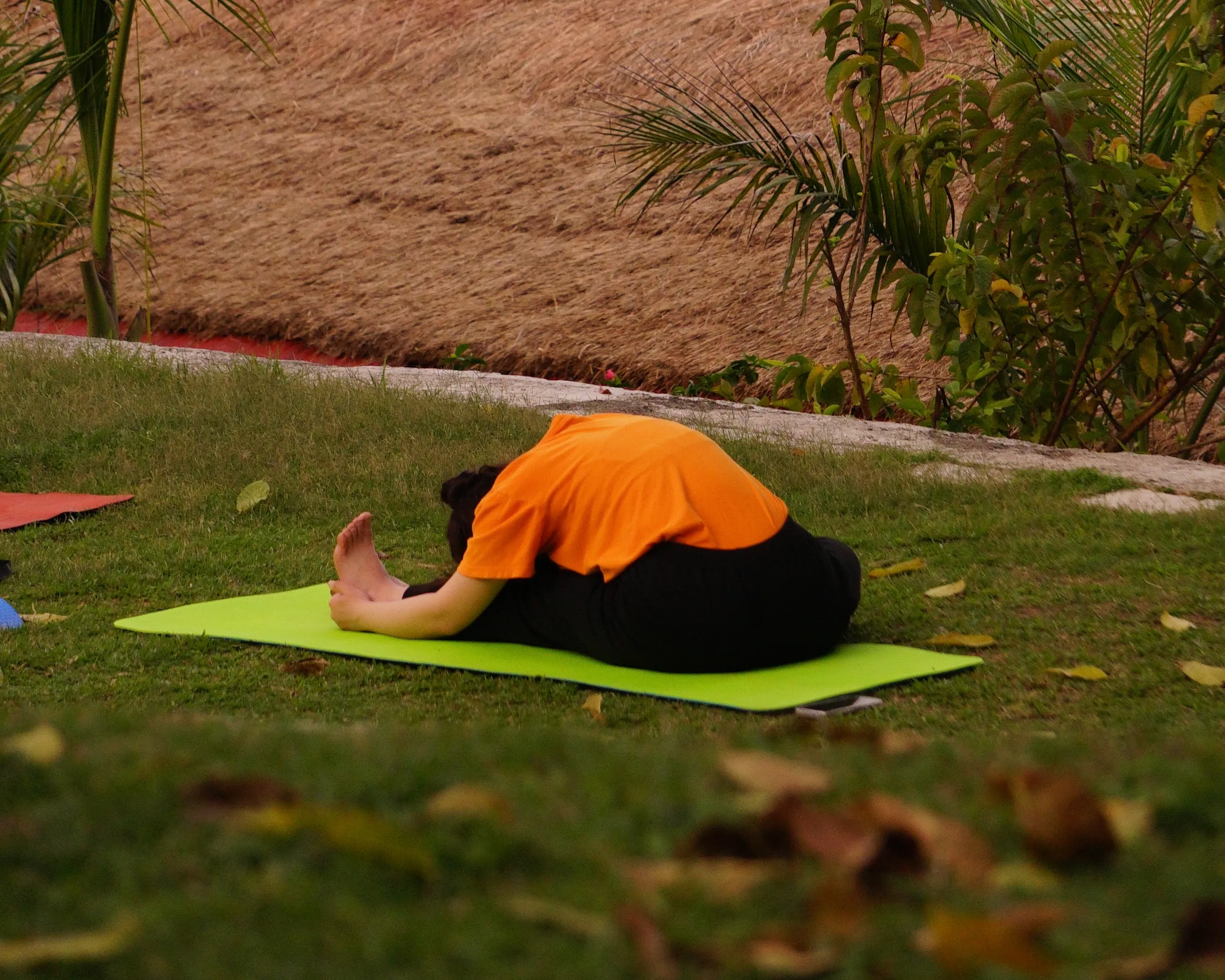
Yoga has been gaining popularity worldwide as the best way to connect mind, body, and soul and bring balance, peace, and self-awareness.
Yoga has a deep and rich history passed down through sacred Indian texts. These scriptures provide spiritual guidance and shape the foundation of modern yoga practices.
The Vedas (written around 1500 BCE) are India's oldest spiritual texts. The Upanishads (composed between 800 and 200 BCE) focus on meditation, self-realization, and the connection between the individual soul (Atman) and the universal truth (Brahman).
The Bhagavad Gita teaches how to live a balanced life through different paths of yoga:
Written in the 14th–15th century by Swami Swatmarama, this focuses on asanas, pranayama, mudras, and bandhas.
There are seven chakras, and when Kundalini energy awakens, it rises through them to bring growth and awareness.
Yoga helps us access peace and awareness beyond thoughts.
Self-realization means going beyond the ego and recognizing your true self as pure awareness.
Practice kindness, patience, and compassion in thought, word, and action.
Regular yoga practice helps develop self-awareness, emotional control, and spiritual growth.
Yoga philosophy is timeless. Start small—meditate, breathe, eat mindfully. It’s a path to peace in every part of your life.
Join us at Atmashree Yoga Retreat Center to dive deeper into these practices.
What is Yoga Philosophy?
Yoga philosophy is about living a peaceful, balanced life through meditation, mindfulness, and spiritual growth.
How does Yoga Philosophy apply to everyday life?
It helps us live with kindness, discipline, and awareness, beyond just yoga poses.
What are the main books in Yoga Philosophy?
The Yoga Sutras, Bhagavad Gita, and Upanishads.
What is Prana in Yoga?
Prana is the life energy we control through breath and movement for better health and clarity.
What are Chakras?
Chakras are energy centers related to aspects like love, stability, creativity, and growth.
How does Yoga Philosophy help with self-realization?
By helping us see beyond the ego and connect with our deeper true self.
